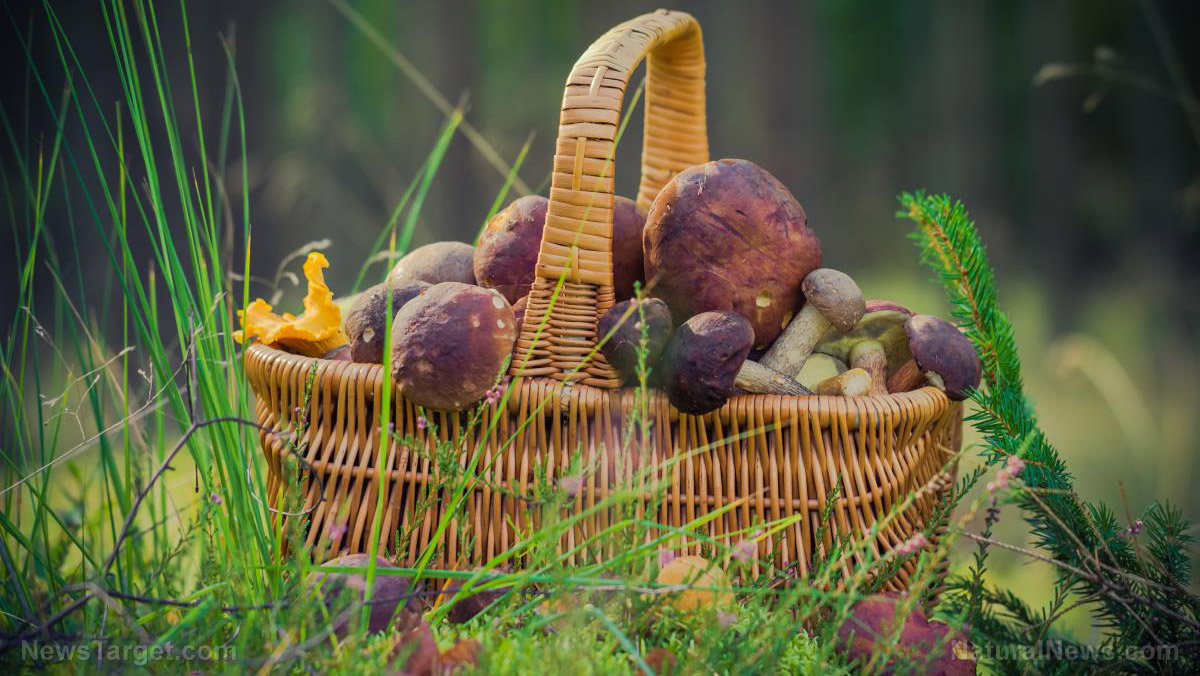
Advertisement
The idea of companion planting is quite simple: planting at least two crops next to each other can benefit them both in terms of pest control, pollination and growth. When applied to a well-maintained vegetable garden, companion planting can lead to a bountiful harvest.
Plant combinations for companion gardening
Plants also compete and fight for resources. Planting the wrong crops together can result in stunted growth and frail plants. Planting the right combination of crops, on the other hand, can help add nutrients to the soil, attract beneficial insects and discourage weeds.
Here are some of the best vegetable pairings to help you get started:
Beetroot and garlic
Planting beetroots and garlic together can deter pests. The strong pungent odor of garlic repels pests like root maggots, snails, beetles and codling moths. The sulfur-rich compounds in garlic also help prevent beetroots from rotting. For best results, plant beetroot seeds at least one inch apart in well-drained soil. Give them about an inch of water each week. Garlic, on the other hand, grows best in fertile, well-drained soil. Leave about four to six inches of space in between each clove and water them every three to five days.
Broccoli and onion
Onions can help improve the flavor of broccoli. This pungent bulb vegetable is a cool-weather plant, so it’s best to plant it in spring or fall. If you’re growing onions from seeds, the plants might take about four months to mature. You can grow onions from scraps to speed up this process. Broccoli also grows best in cooler temperatures. This cruciferous vegetable will take about six to eight weeks to mature when grown in full sun. It also thrives best in moist, fertile soil.
Carrot and leek
A carrot and leek combination in the garden is one of the best examples of a mutualistic relationship between plants. Carrots help deter onion flies that attack leeks. On the other hand, leeks ward off carrot flies, so-called because of their larvae that tend to feed on carrots. Plant carrot seeds in loose, rock-free soil to make sprouting easier. Most varieties can take up to three months to mature, but the thin fingerling ones can be harvested a month after planting. Leeks are a long-season crop, taking up to 40 weeks to mature. That said, growing them near carrots allows you to make better use of the space in between carrot seeds.
Beans and squash
Climbing beans attract beneficial insects that eat squash bugs, one of the most common and troublesome pests. The squash plant also benefits from the nitrogen from the bean plant. In return, the large leaves of the squash plant prevent sunlight from nourishing weeds near the bean plant.
Cucumbers and peas
Pea plants produce nitrogen that nourishes the soil. Growing cucumbers with peas allows the cucumber to benefit from this added nitrogen. Come harvest season, you’ll have bigger and tastier cucumbers. To grow peas, plant the seeds in acidic soil and set up a trellis so that the vines can thrive without overcrowding.
Radish and spinach
Leafminer flies lay their eggs within the leaves of plants. After a few days, these eggs grow into larvae, burrowing deep into the leaves and eating for nourishment. Planting radish near spinach helps protect the spinach leaves from these flies. The idea is that the leafminers will go for the radish leaves instead, leaving the radish root unharmed.
Tomatoes and cabbage
Planting tomatoes near cabbage helps deter diamondback moth larvae, a common garden pest that eats large holes in cabbage leaves. Tomatoes are long-season crops, so it’s best to plant them in spring. To avoid rotten tomatoes, keep the tomato plants off the ground using stakes or a trellis. Like tomatoes, cabbage is also a long-season crop. It takes about six months to mature when planted in well-drained soil.
Companion planting in the garden encourages commensal relationships among plants. Take advantage of this simple gardening method that’s sure to bring in an abundant harvest.
Learn more about companion planting and other vegetable pairings at HomeGardeningNews.com.
Sources:
Advertisements







